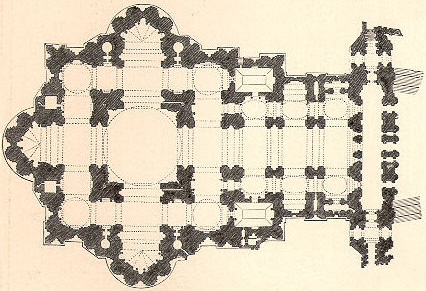Fire Devastates St. Paul’s Church in Louisville: A Warning for Abandoned Landmarks
On 10 March, 2025 a fire severely damaged St. Paul’s German Evangelical Church on East Broadway in Louisville, a structure with roots dating back to the 1900s. The fire needed some 60 firefighters of the Louisville Fire Department to put it out.
This event has raised concerns about the fate of this historic building and, more generally, the issue of preserving landmarks that, lacking immediate commercial interest, are at risk of abandonment and disrepair.
St. Paul’s German Evangelical Church has a significant history in the Louisville community.
Founded by a German-speaking congregation, it continued to hold services in German until two weeks before the United States entered World War I.
The building itself, in the late Gothic Revival style, opened in 1906, a testament to the growth and social ascendancy of its congregation. However, as its members moved to the suburbs, the church closed its doors around 1995, merging with Bethel United Church of Christ.
In the 1990s, the church sat vacant and there were even plans to demolish it to make way for a medical center parking lot, a prospect that sparked community outcry and led to the building being designated a National Register landmark.
The fire, the cause of which is still under investigation by the Louisville Fire Department, has further compromised the building’s already precarious situation. Officials had previously noted maintenance issues and even a homeless encampment on the site.
The local Department of Codes and Regs had ordered the owners to clean up and secure the property or face demolition. In fact, on October 3, the owners were required to maintain landscaping, remove trash, and pay a $700 fine by November 4.
Sealing measures were also taken on the recommendation of appropriate agencies, including the Fire Department. The fire has raised concerns from many about the management of historic sites like this one, which can be called “negligent demolition.”
In any case, when a historic building is abandoned and damaged by fire, the issue of ensuring greater commitment from both the government and the owners to protect these buildings from illegal access and to ensure responsible maintenance, even when they have no immediate use or cannot be re-entered into commercial circuits, comes back. In fact, it is quite evident that the loss of these sites, in addition to the loss of buildings of great architectural value, causes the loss of the identity of the place.
.




